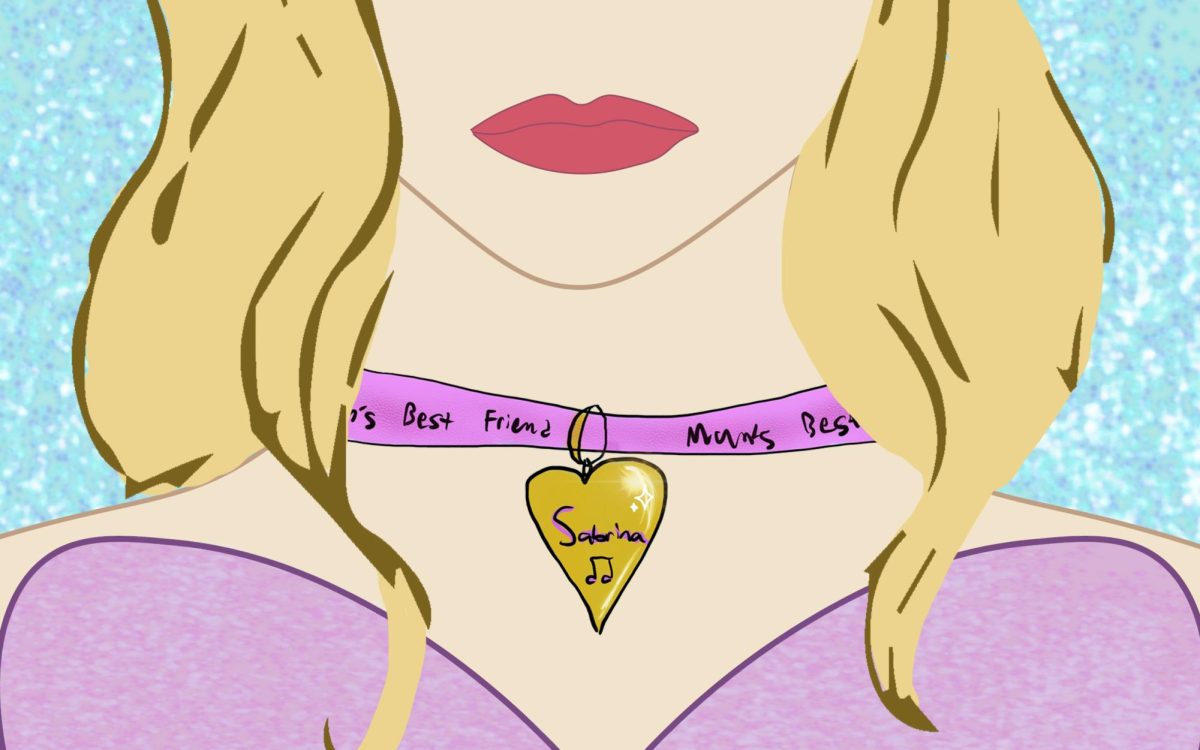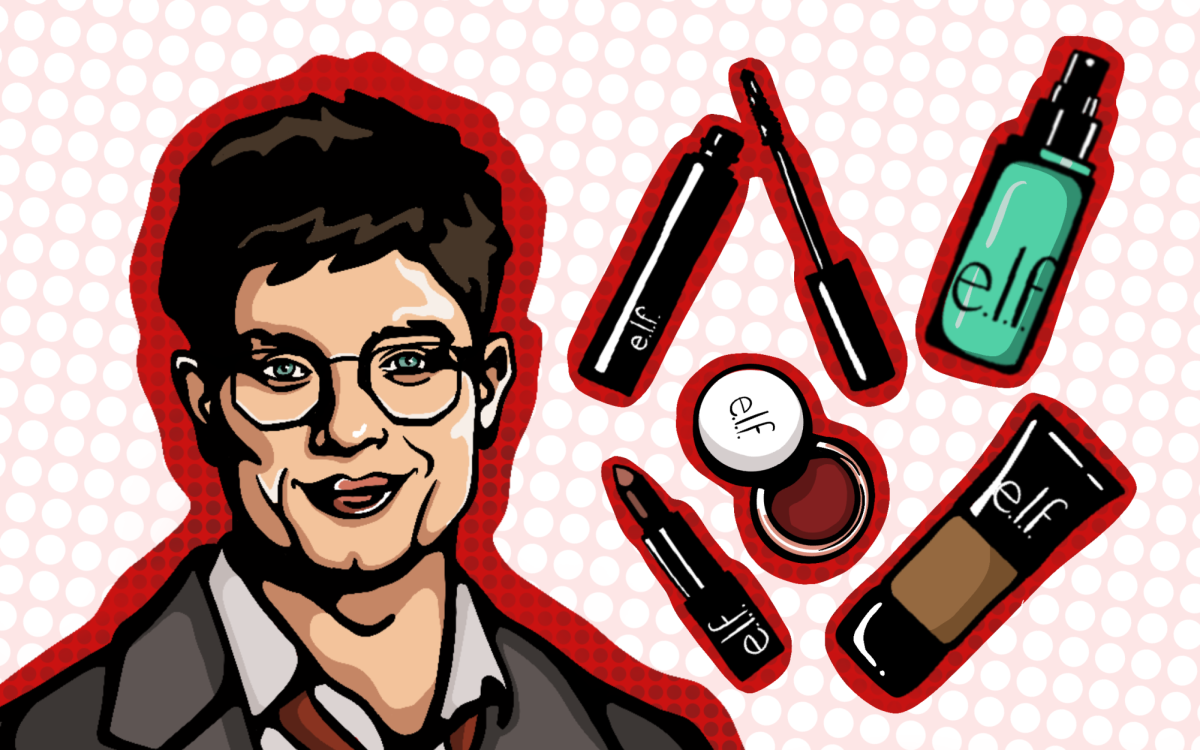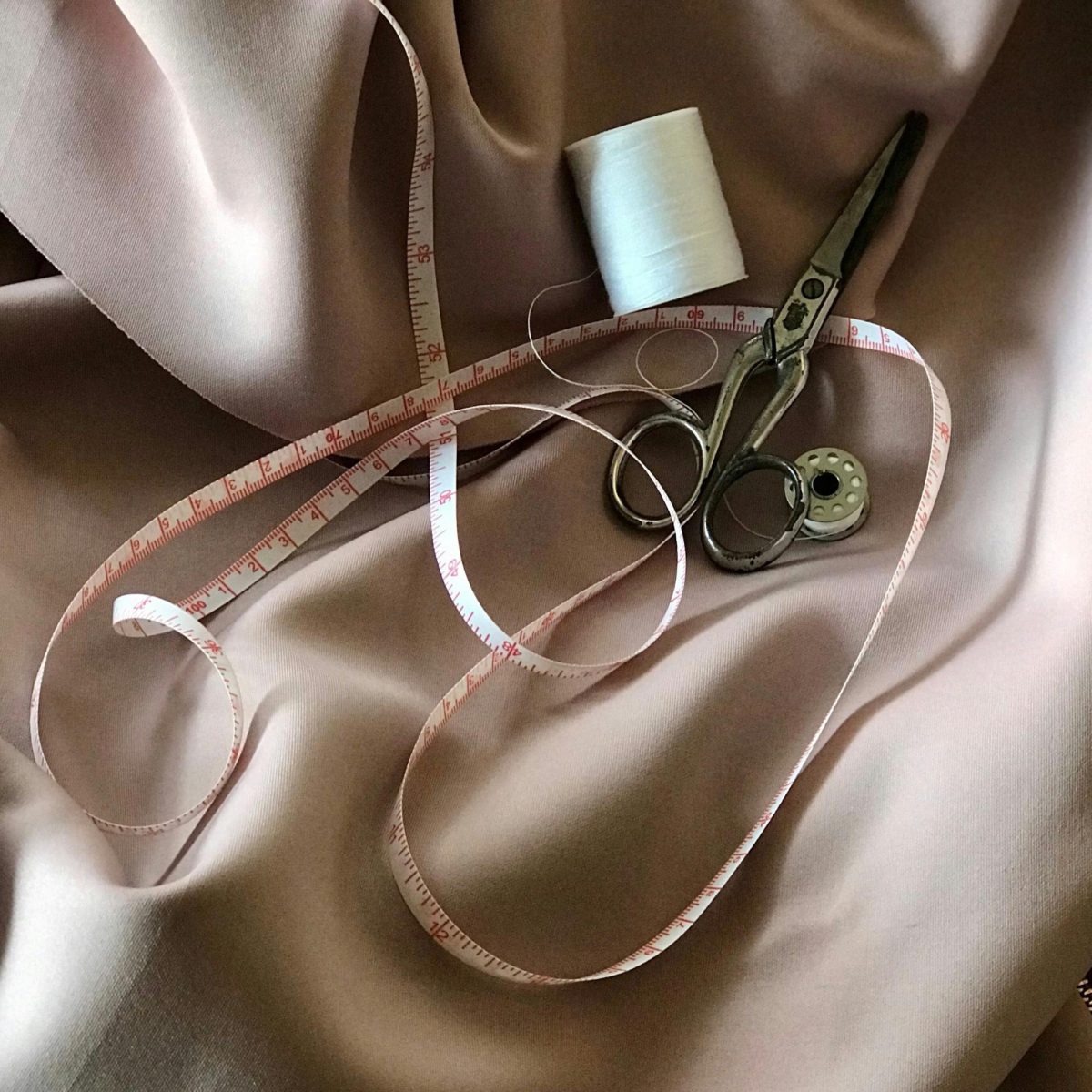The rise of fast fashion directly correlates to the overconsumption issue in society today. Fast fashion refers to mass-produced garments that are inexpensive and quickly made to keep up with trends and fads. More often than not, these garments have a short lifespan and are thrown away within weeks. Notable brands that are known for their cheap, and usually low-quality clothes, include SHEIN, Nasty Gal, ZAFUL, PrettyLittleThing, Zara, Fashion Nova and AliExpress. While it appears to cost very little to produce these garments, the real cost is reflected in the deteriorating state of the environment.
According to Fashion Revolution, the number of clothes the average shopper purchased increased by 60% between 2000 and 2014. In that same time span, Earth Org reported that clothing sales doubled from 100 to 200 billion units a year while the average number of times a garment was worn decreased by 36%. In 2019, Business Insider revealed that around 85% of all textiles go to landfills each year, which is estimated to have an area of about 21 square miles.
Thrifting may be the best way to combat fast fashion and overconsumption. Shopping secondhand is when a consumer shops from previously owned merchandise that the previous owner donated to a shop or website. Popular thrift shops include Goodwill, Habitat for Humanity and Fabulous Finds, or websites such as thredUP and The RealReal.
There are various benefits to thrift shopping. On average, individuals throw out 60 to 80 pounds of clothing waste per year. Garments made out of natural fibers decompose faster than their synthetic counterparts; wool, for example, decomposes within two to five years, whereas synthetic fabrics made from microplastics can take hundreds of years to fully decompose. Rather than buying a new garment for every occasion, building a capsule wardrobe that can be reused and reworn is healthier for the environment. A Mistra Future Fashion report found that by doubling the lifespan of a garment, its greenhouse gas emissions footprint can be reduced by half.
Pearl Heinley, a student at Kent State University, is the president of the Fabric Pantry, a 100% student-run organization designed to provide free fabric to students. Heinely explains that “knowing there was fabric in the world going to waste that could have been used especially by fashion students at the school” motivated her to create the organization. “All of the fabric that is given to students would have gone to waste, we are giving it a second chance.”
The Fabric Pantry is based entirely on sustainability. Heinley notes that “ecological sustainability doesn’t have to be new technology, it can be using and reusing what would’ve been disposed of.” The Fabric Pantry accepts donations from all different groups of people, as “fabric is donated from the Kent community, we’ve had everyone from dressmakers, boutiques and students reach out to donate scraps and old fabrics.” Additionally, secondhand shopping and thrifting are a major part of sustainability. “I think it is the best and most accessible way to sustainably shop. Not only does shopping secondhand reduce the amount of clothing waste, but it’s also accessible to every price range and market. Regardless of your class, valuable pieces are still discarded every day.”
The practice of secondhand shopping is crucial in everyday life. Whether it is purchasing new clothes or outsourcing fabric for a project, reusing materials promotes the ideal of reusing, reducing and recycling. Whenever I go thrifting, it shocks me how many SHEIN and Zara pieces I find scattered about. With the rise of fast fashion, it’s more important now than ever to be conscious of our overconsumption habits.
Support Student Media
Hi! I’m Annie Gleydura, A Magazine’s editor-in-chief. My staff and I are committed to bringing you the most important and entertaining news from the realms of fashion, beauty and culture. We are full-time students and hard-working journalists. While we get support from the student media fee and earned revenue such as advertising, both of those continue to decline. Your generous gift of any amount will help enhance our student experience as we grow into working professionals. Please go here to donate to A Magazine.



















